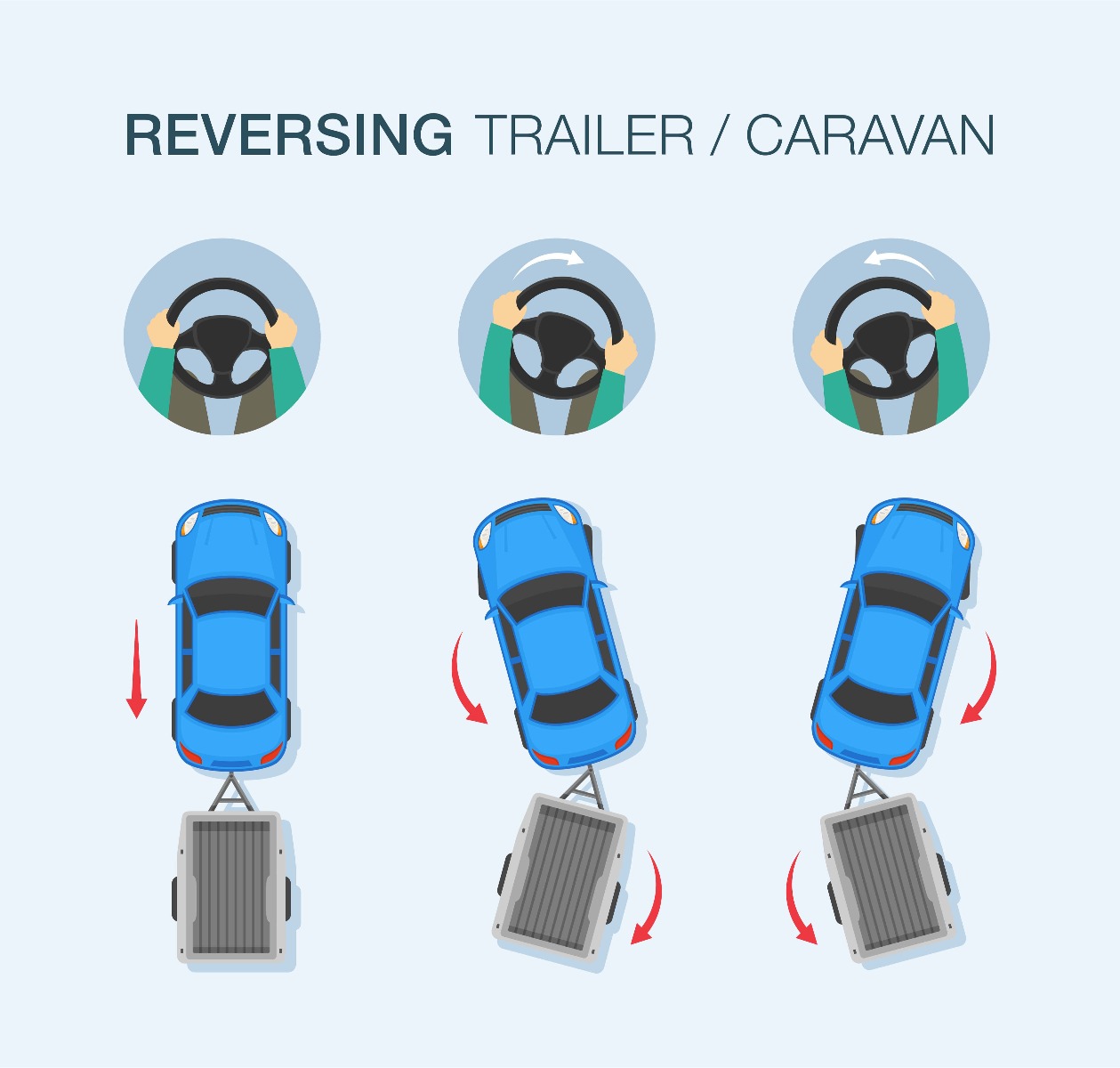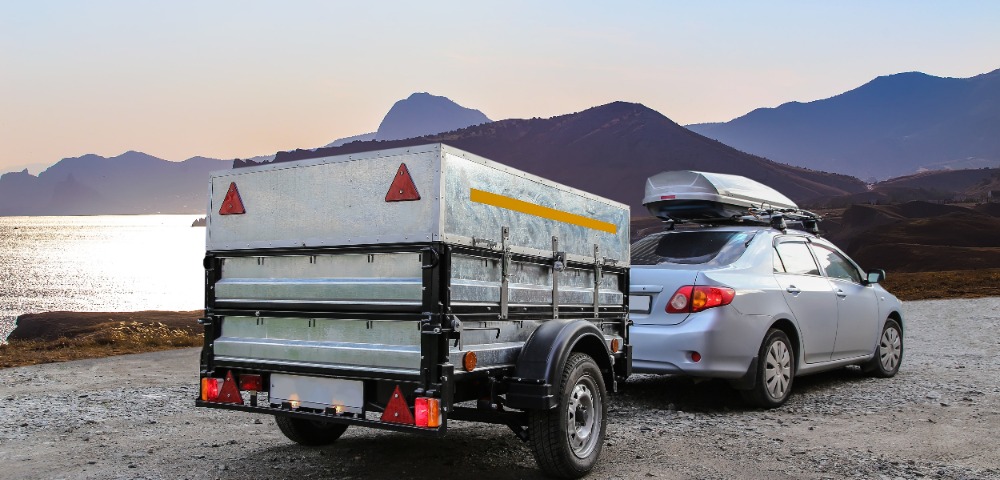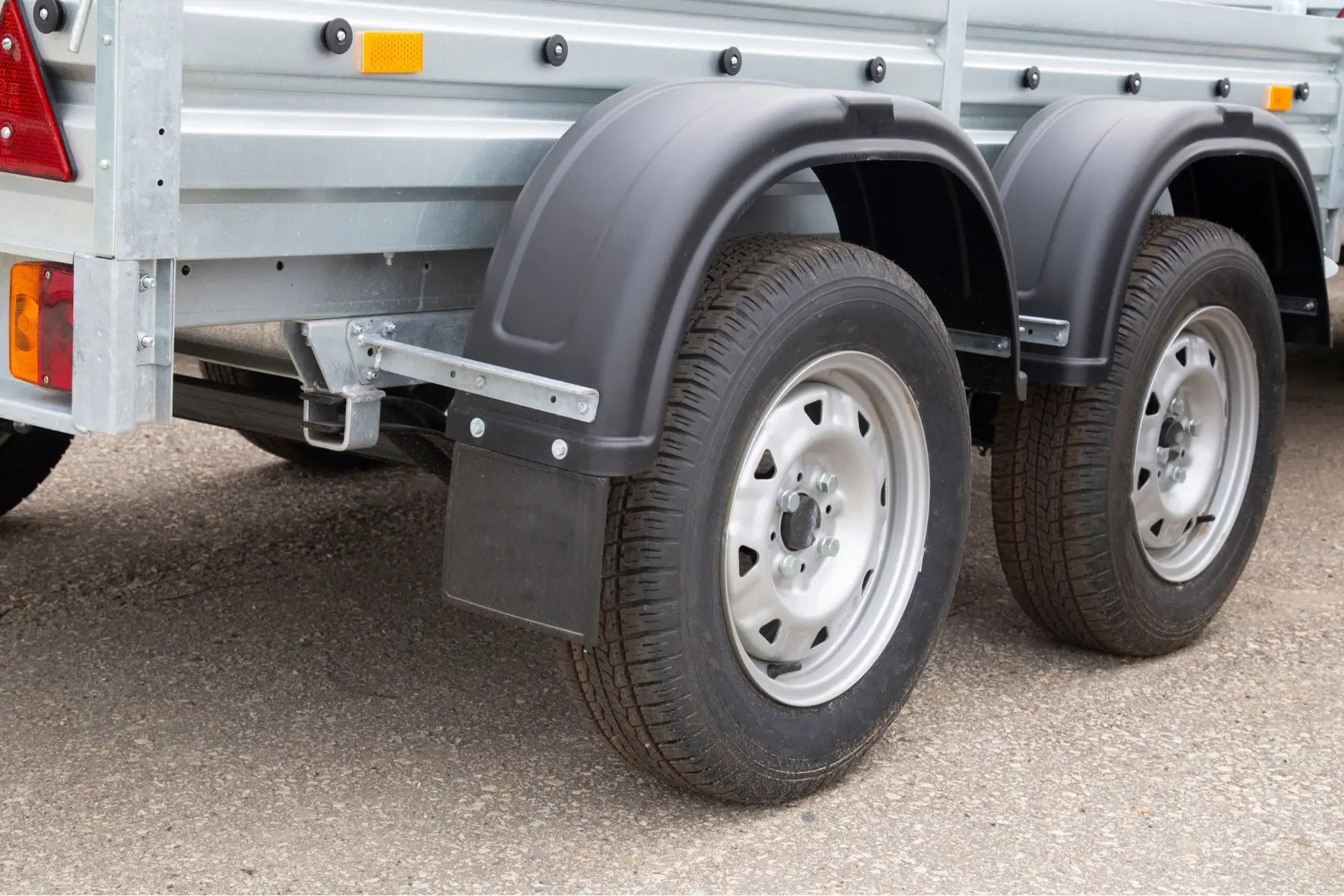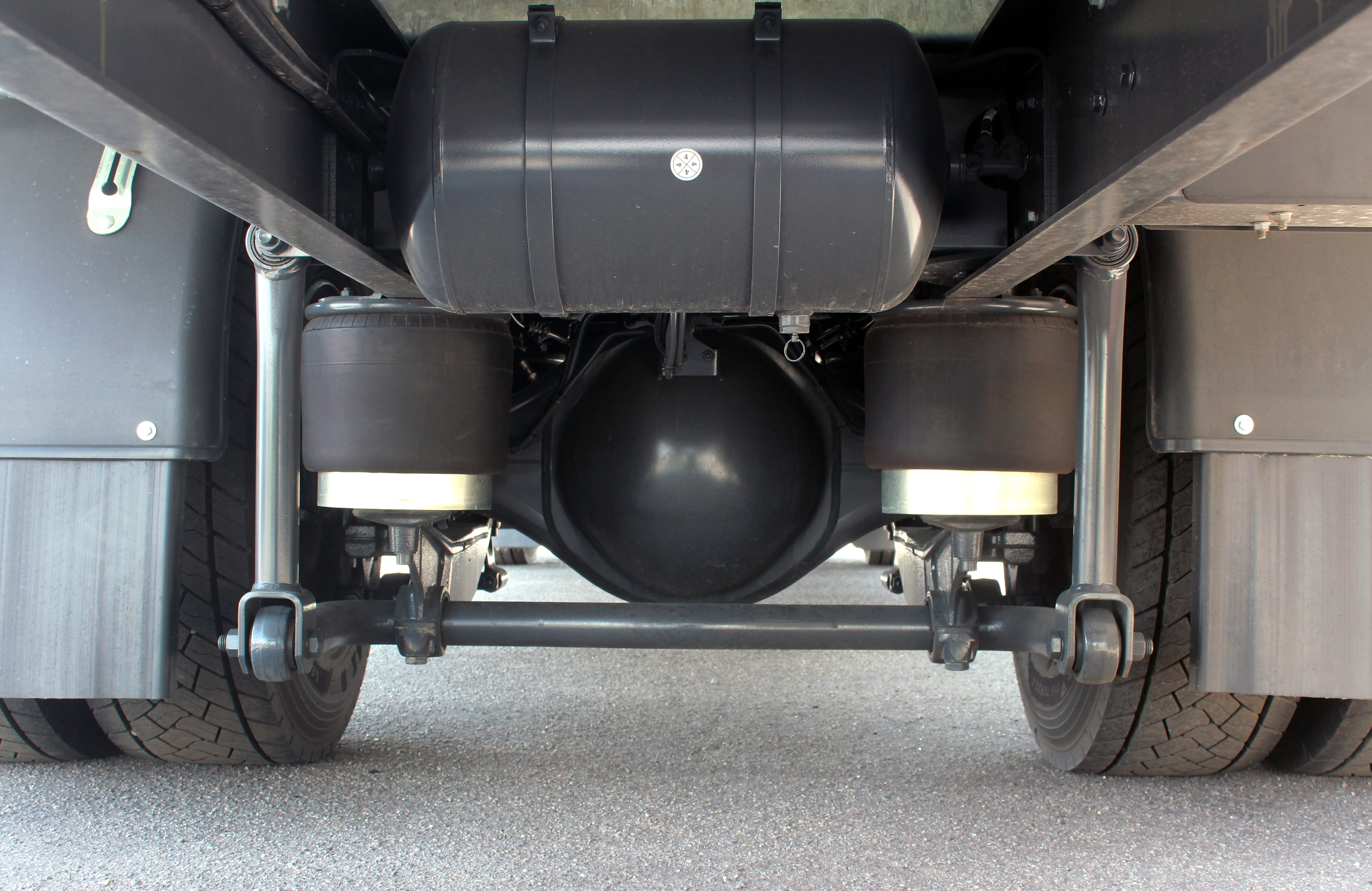Manoeuvring a vehicle while you have something in tow is sometimes a bit of a daunting prospect. This is made worse if you are new to towing, have to manoeuvre your vehicle in tight space, or both. But today we are going to try and change your mind and relieve a bit of that stress to give you more confidence when you’re guiding your trailer through tight spots.
A Breakdown of Trailer Manoeuvring
The following applies to when you are manoeuvring with anything in tow, whether it be a box trailer, caravan, boat trailer or horsebox. The same applies to anything you tow begin your vehicle, and they all tend to react to your driver input in relatively similar ways. Albeit some may react slower/faster or more drastically than others, but the same principles remain. This is great for us, as once you have mastered towing one thing, the skill is easily transferrable to other towable items. The following is going to cover low-speed manoeuvring, for example moving your trailer around a yard, or into a parking space. These are the situations where someone who is new to towing might find themselves in a bit of a pickle, and begin to realise that the experts make it look very easy.
Prepare Before You Tow
Before you set off when you’re towing a trailer you should always ensure you are fully set up and prepared to tow a trailer. Assuming the trailer is connected to your vehicle correctly, you have taken steps to make sure the lights are functioning, and everything is secure, there are still a few things you should always do to make towing as easy and safe as you can. Before you get in your vehicle you should fully assess your surroundings. This is to firstly check whether there is sufficient room to complete the intended manoeuvres, and secondly to make a mental plan of how you will go about completing them. Once satisfied with the location and plan, go ahead and enter your vehicle. More often than not, a trailer will partially obstruct the rearward view you have in your mirrors. If this is the case you should adjust them accordingly, larger, longer trailers may ever require mirror extensions to enable to you to achieve a safe view.

Slow & Steady
The best advice to give anyone when towing anything is to always keep things slow, there is no rush. By maintaining slow speeds, you will allow yourself longer to make decisions and have more time to react to how the trailer is behaving. You will find smaller trailers react faster to your steering inputs when reversing, so be sure to take extra care when towing them. In reverse, trailers tend to turn at an exponential rate when they are off centre. If no steering correction is made when reversing your trailer and it is turning, the rate of turn will increase at an increasing rate, until the vehicle is either stopped, a steering correction is made, or there is a collision between the trailer and your towing vehicle (due to trailer jack-knifing). Low speeds will give you more time to make steering alterations to correct the direction of your trailer. You will also find that in reverse, a trailers direction does not solely depend on the steering input from the vehicle, but rather the angle between the vehicle and the trailer.
Always Be Aware of What’s Around You
Being aware of what is around you when manoeuvring a trailer is vital. It not only ensures you don’t hit anything or anyone but it also means you will be able to manoeuvre your trailer in a smoother movement, and get it where you want it to be more effectively. You should thoroughly check out your surroundings before you start, of as mentioned above, but it is also a great idea to exit your vehicle (when safe to do so) when completing finer adjustments of the manoeuvre to better understand the distance you are from other objects and from where you’re wanting to go. Or better yet, get someone else to guide you back through the whole operation, this way you get live updates about your surroundings, and you don’t need to get out your vehicle. The importance of this is emphasised when you have larger trailers or a trailer which causes an obstruction of view.
Be Angle Aware
As mentioned previously it is not so much the steering input which turns a trailer when it is in reverse, but the angle the trailer makes with the towing vehicle. As the angle between the trailer and the vehicle increases so does THE RATE at which the trailer turns. This can of course be useful for very tight manoeuvres; however, it can also catch you off guard. Just because you have straightened the steering wheel does not mean your trailer will be straight, and if you continue to reverse without allowing for this angle the trailer will soon jack-knife. The keys to reversing a trailer in a straight line is keep it slow and keep steering movements as small as possible. When completing tighter reversing manoeuvres, keep it extra slow, but you will find you will often be using full lock to steer the trailer in the desired direction, but don’t be afraid to drive forward in order to make steering corrections. While manoeuvring a trailer you not only have to watch the trailer closely, but also keep your eye on the positioning of your vehicle as to avoid any collisions due to the sometimes-drastic movements you must make. Therefore, it is very important to keep it slow in order to give yourself enough time to process everything around you.

To Take Away
The main point to take away is to keep your towing manoeuvres as slow as possible, it takes time and practise to complete successful manoeuvres quickly, and it’s not a race! Make sure you have fully assessed your environment and you have a plan in your head of how you will complete the manoeuvre. It is always best to try and manoeuvre a trailer with an extra pair of eyes to help guide you, but if you are on your own, make sure to get out and update yourself on what you need to do to get the trailer where it needs to be. Finally, practise makes perfect, sometimes the way a trailer reacts when being manoeuvred seems completely unnatural, so it takes some time to learn what to expect.












